Touring Europe in a motorhome is one of the most exciting and rewarding adventures you can take. From the Black Forest in Germany to the Italian Dolomites and the Spanish coastline, travelling by motorhome opens up endless opportunities to explore at your own pace.
But what do you need to know before you set off? In this video, we spoke with experienced motorhomer Kat Bird, also known as Wandering Bird, who has clocked up thousands of miles across the continent.

In the video and blog below, Kat shares her top tips on everything from paperwork and insurance to campsites, tolls, and driving abroad.
Why motorhoming in Europe is perfect
According to Kat, Europe is incredibly motorhome-friendly with:
- Plenty of space and facilities for motorhomes and campervans.
- The freedom to be flexible with your route – travel according to the weather, follow recommendations from fellow travellers, or simply your own sense of adventure.
- No need to book every site in advance (outside of peak season).
This flexibility makes Europe the ideal playground for motorhome owners.
When is the best time to visit Europe by motorhome?
The right time depends on the experience you want:
- Winter (Oct–Feb/March): Head south to Spain or Portugal for sun, or chase snow in the Alps. Book early, as southern sites get busy.
- Summer (July–Aug): Warm weather, but very busy – especially during school holidays.
- Spring and Autumn: Kat’s favourite times. April–May (avoiding Easter/half-term) or September to October offer milder weather, quieter sites, and beautiful scenery.
Essential paperwork for motorhoming in Europe
Before you cross the Channel, make sure you’ve got:
- V5C logbook (plus a colour photocopy).
- Passport with at least six months’ validity left after your trip.
- Driving licence (check the expiry date).
- Comprehensive motorhome insurance with European cover included.
- European breakdown cover to get you and your motorhome recovered if needed.
- GHIC card for basic healthcare in participating countries
- Travel insurance for yourself (and your pets if travelling with them).
- European accident form (ask your insurer for one)
Note: You don’t usually need an international driving permit for Western Europe, but check Government advice before you travel.
Understanding Schengen rules
UK passport holders can spend up to 90 days in any rolling 180-day period within the Schengen Zone.
Longer stays may need a visa or permit from the country’s embassy. Keep a close eye on your travel dates to avoid overstaying.
From October 12th, 2025 the EU is introducing a new Entry/Exit system, which means you’ll get your fingerprints and photo taken when first entering or leaving the Schengen area.
Vehicle equipment and safety kit
Different countries have different legal requirements. Before leaving, make sure you have:
- Headlight deflectors (if your motorhome or campervan needs them).
- UK sticker on the back of your motorhome or campervan.
- High-vis jackets and a first aid kit (mandatory in some countries).
- Warning triangle, spare bulbs, or snow chains, depending on destination.

If your motorhome is over 3.5 tonnes, you might also need ‘Angle Morte’ stickers if driving in urban areas in France. You’ll need three stickers, one for each cab door and one for the back of your motorhome (on the right hand side). They should be placed between 0.9m and 1.5m from the ground and the signs on the doors must be within 1m of the front of the motorhome.
Tolls, Vignettes, and Clean Air Zones
- Tolls: Most European countries charge tolls on motorways. An electronic toll tag or box makes life easier by automatically scanning and paying as you pass through toll station barriers. Toll tags can also mean swifter passage through the toll stations with dedicated lanes for users. But remember you can also pay with cash or card.
- Vignettes: Switzerland, Austria, and Slovenia require you to buy a vignette (sticker or digital pass) at the border to travel on their roads.
- Clean Air Zones: France and other countries require emissions stickers (Crit’Air in France). If you avoid city centres, you might not need one.
Driving in Europe – what to expect
Driving on the right-hand side might feel daunting at first, but Kat reassures new travellers:
- Roads, roundabouts, and signs are set up to guide you.
- Within 10 minutes of driving, most people feel comfortable.
- Research local road rules (e.g. priority rules in France).
If you’re nervous, consider joining an organised motorhome tour for extra support for your first trip.

Kat’s website Wandering Bird also has lots of helpful guides and tour groups to join: www.wandering-bird.com
Planning routes and daily driving distances
Kat recommends:
- Planning trips around activities or sights, not rigid schedules.
- Using Apps like WilderTrips to map routes and wild camping spots.
- Allowing flexibility – especially during July and August. Book campsites in advance during the peak season, especially ones with lots of facilities.
- Adjusting driving distances depending on roads: 400 motorway miles is very different from 60 miles of winding alpine roads!
Overnight stays: Campsites, Aires, and wild camping
Europe offers a huge choice of overnight stopovers:
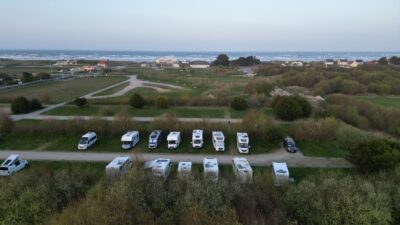
- Campsites: Similar to UK sites, with facilities, pools, and restaurants. Consider the ACSI CampingCard scheme for discounted off-peak stays.
- Aires (France), Stellplätze (Germany), or Sostas (Italy): Are low-cost stopovers or approved parking spots designed specifically for motorhomes and campervans, often with water and waste points. Some won’t have electric hook up.
- Wild camping: Possible in many countries (with rules varying), giving you ultimate freedom and stunning locations to go motorhoming off grid.
Managing your services
Kat explains that managing services is very straightforward, particularly if using a campsite, but that many service stations have service points.
Fresh water
Many aires and service stations across Europe have service points where you can fill your tank, usually for a small fee. Top up whenever you get the chance, even if you’re not running low.
Waste water and toilets
Equally important is knowing where to empty your grey water and toilet cassette. Aires and many service stations provide proper disposal points — often signposted with a blue service symbol.
Electricity
Hook-ups are widely available. Carry a long hook-up cable and remember that some countries use two-pin sockets, so also take an adapter lead.
Also be aware of reverse polarity. Simply plug in a reverse polarity checker to a three-pin socket in your motorhome to see if you have an issue.
If you do then you can buy a reverse polarity lead to plug into your hook up cable so it’s safe to use.
Gas
Gas is essential for cooking, heating, and sometimes even running the fridge. However, cylinders and fittings vary across Europe.
Kat recommends starting your trip with full bottles and carrying an LPG refillable system or a set of pigtail hoses for exchangeable bottles, which you’ll have to buy in Europe, as the connections to your motorhome will be different to the UK gas cylinders. Don’t forget an adjustable spanner too!
Kat’s motorhoming in Europe checklist is here but don’t forget things like a toolkit, spare fuses and lightbulbs, and any creature comforts like your favourite tea bags!
Cultural differences
Kat also recommends using the Google Translate app for helping overcome any language barriers and it also has a handy camera feature where you can translate menus or road signs etc.
Also, to be aware of things like shops closing in France and Spain over lunchtime and on a Sunday.
Check for local (or national) events, such as the Tour De France, for any sudden road closures and busy times for the places and period you’re visiting.
Taking pets to Europe in your motorhome
For many motorhome owners, no trip would be complete without their four-legged companions and Kat loves to travel with her dog Mac.

Kat explains that Europe is generally very pet-friendly, you just need to make sure your pet’s paperwork is in order before you set off. Since Brexit, the old EU pet passport is no longer issued in the UK. Instead, you’ll need an Animal Health Certificate (AHC), which must be issued by a vet no more than 10 days before you travel. It’s valid for a single trip into the EU, onward travel within the EU, and re-entry into Great Britain. Although to re-enter the UK you’ll also need proof a licensed vet has administered tapeworm treatment at least 24 hours and at most five days before your return. You’ll also need to ensure your pet has a microchip and an up-to-date rabies vaccination.
Kat’s final tip is to check the rules for each country you’re visiting, as some have extra requirements such as tapeworm treatment for dogs before entry such as Finland, Ireland, and Malta.
Freedom awaits
As Kat explains, the joy of motorhoming in Europe lies in its flexibility, variety, and accessibility. With the right preparation – from paperwork and insurance to safety kit and route planning – you can enjoy the freedom of the open road, incredible scenery, and memorable adventures.
With so many miles under her belt, Kat has plenty of memorable stops across Europe, but one destination that changed everything for her was travelling through Iceland. Watching the Northern Lights ripple across the sky left her breathless and inspired her to quit her job to pursue full-time travel. That magical experience still stands as one of the highlights of her adventures.
She’s also drawn to the beauty of the Alps, especially in Austria and Switzerland. Both countries are motorhome-friendly, with well-equipped campsites, scenic driving routes, and plenty of opportunities to get outdoors. Kat loves the way you can spend one day winding through dramatic mountain passes and the next enjoying a lakeside picnic surrounded by snow-capped peaks.

Other firm favourites include the Black Forest in Germany, with its peaceful stopovers and endless hiking trails, and the Italian Dolomites, where every bend in the road reveals another stunning view.
And when it comes to winter sun, Kat highlights southern Spain and Portugal. With their mild climate, long sandy beaches, and abundance of aires and campsites, they’re ideal for escaping the UK winter.
Useful resources
- Driving abroad
- ACSI CampingCard information
- CamperContact
- Taking your dog or cat abroad
- Kat’s motorhome accessories for European travel
Insurance for European motorhome travel
Before heading off on your European adventure, make sure you’re covered with specialist motorhome insurance and breakdown cover. Caravan Guard offers flexible policies tailored to your needs, with highly rated service and optional European cover and breakdown assistance.


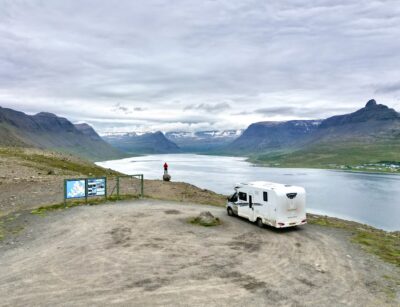
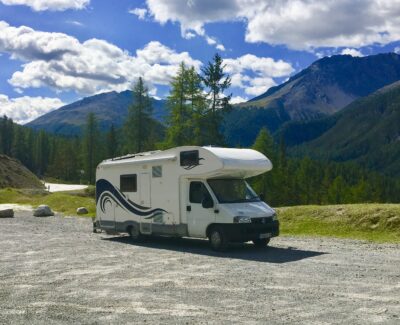

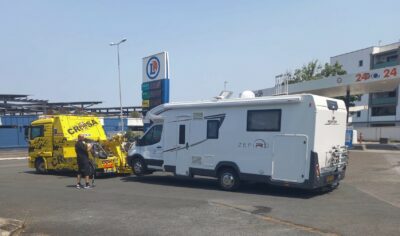


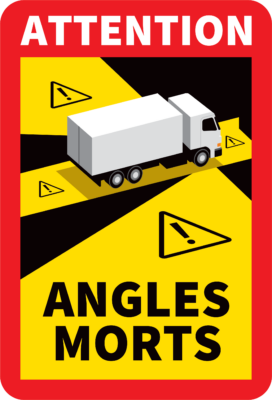
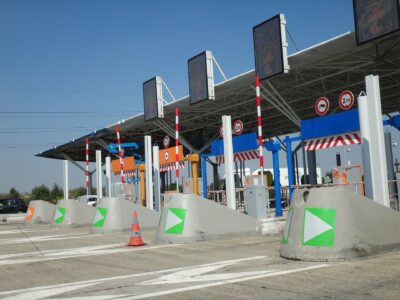

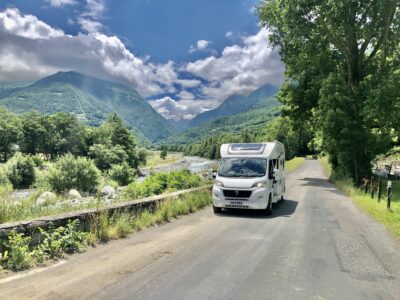
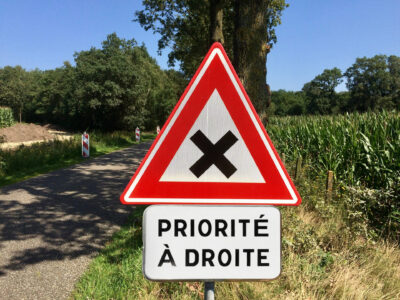
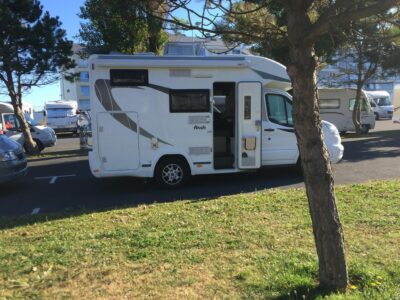

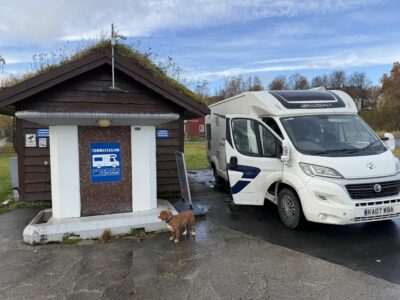

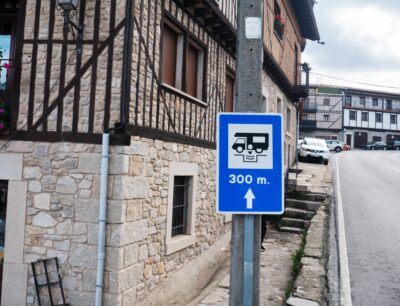
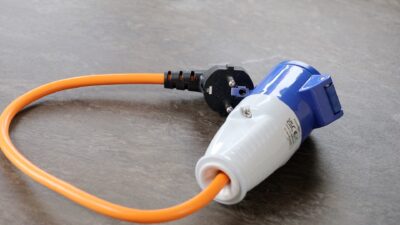
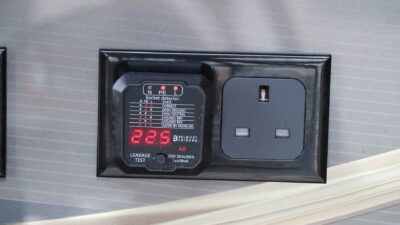
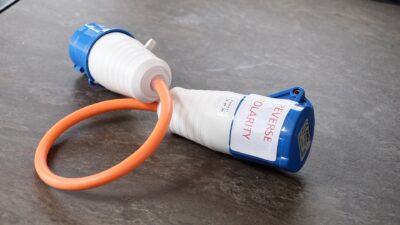

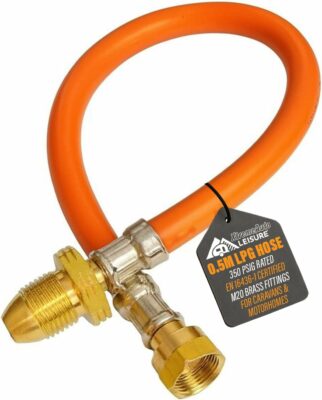
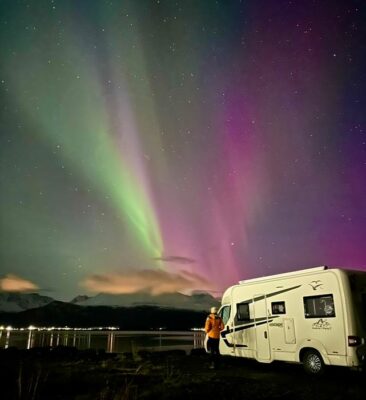
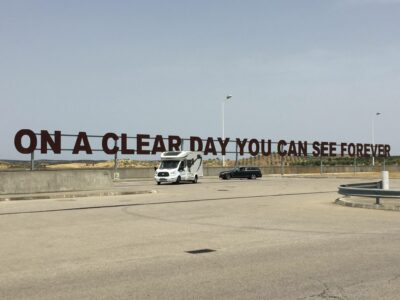

Excellent advice. Some fuel stations changed over to payment at pump on Sundays with no one in the office/shop. Perhaps worth pointing out.
Do you still need to carry breatherlisers in France. not mentioned in article ??
Several inaccuracies in this article.
Two worth flagging up are: Andorra isn’t in Schengen. French aires often offer electricity… some are even free.
Very helpful!